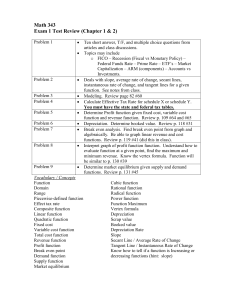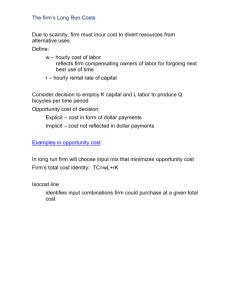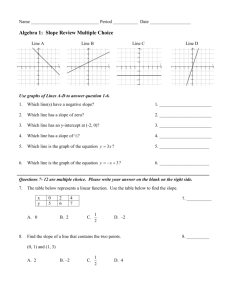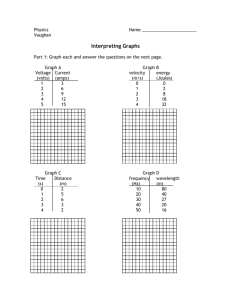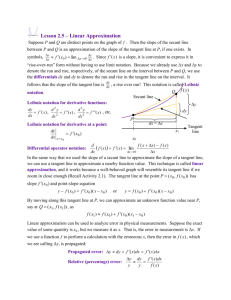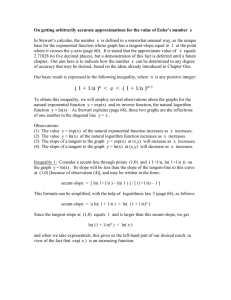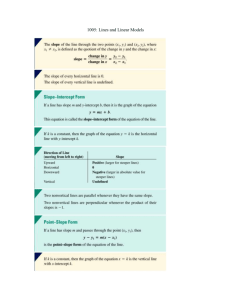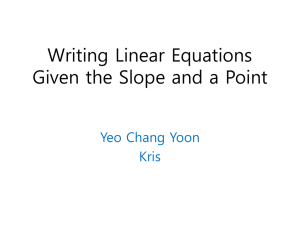• Suppose that a firm`s production function is given by the following
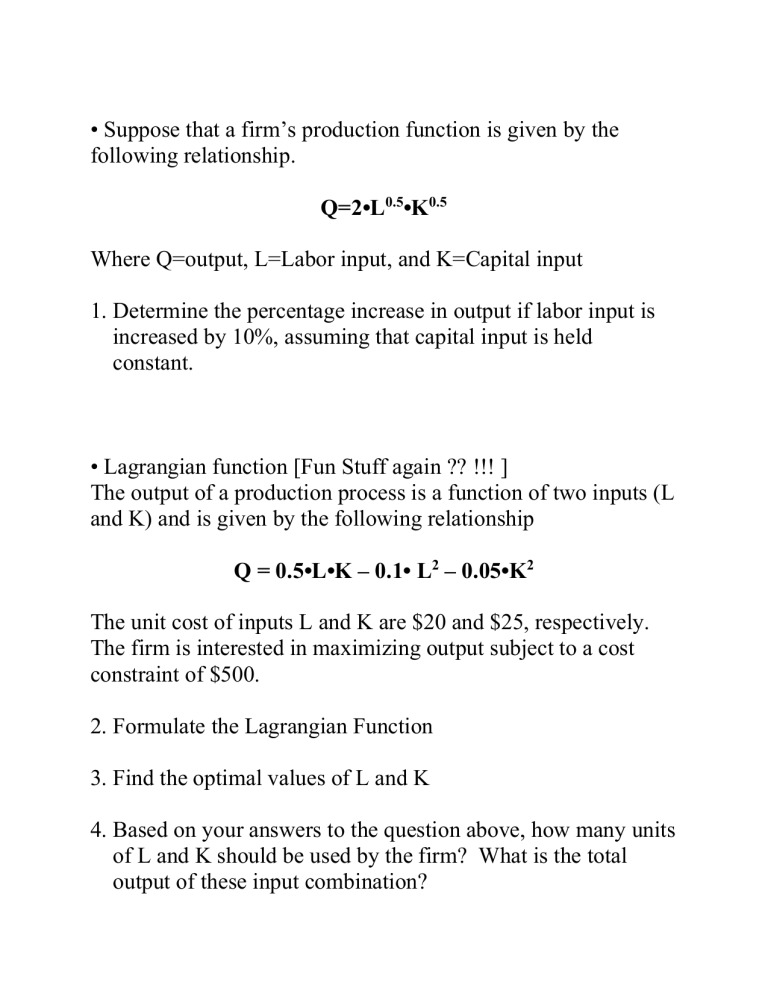
• Suppose that a firm’s production function is given by the following relationship.
Q=2•L 0.5
•K 0.5
Where Q=output, L=Labor input, and K=Capital input
1.
Determine the percentage increase in output if labor input is increased by 10%, assuming that capital input is held constant.
• Lagrangian function [Fun Stuff again ?? !!! ]
The output of a production process is a function of two inputs (L and K) and is given by the following relationship
Q = 0.5•L•K – 0.1• L 2 – 0.05•K 2
The unit cost of inputs L and K are $20 and $25, respectively.
The firm is interested in maximizing output subject to a cost constraint of $500.
2.
Formulate the Lagrangian Function
3.
Find the optimal values of L and K
4.
Based on your answers to the question above, how many units of L and K should be used by the firm? What is the total output of these input combination?
Comparison between Consumption and Production
Consumption Production
• Utility: U=f(C,F) • Output: Q=f(L,K)
• Indifference Curve [F,C] • Isoquant Curve [L,K]
- Slope of Tangent Line - Slope of Tangent Line
: MRS : MRTS
• Budget Line • Isocost Line
- Slope of Budget Line - Slope of Isocost Line
: Relative Price Ratio : Relative Price Ratio
• MU
F
•
F + MU
C
•
C = 0 • MP
L
•
L + MP
K
•
K = 0
• Hypothesized Cost-Output Relationships
1.
Cubic Total Cost Function
TC=a+bQ+cQ 2 +dQ 3
MC=b+2cQ+3dQ 2
ATC=(a/Q)+b+cQ+dQ 2
2.
Quadratic Total Cost Function
TC=a+bQ+cQ 2
MC=b+2cQ
ATC=(a/Q)+b+cQ
3.
Linear Total Cost Function
TC=a+bQ
MC=b
ATC=(a/Q)+b

